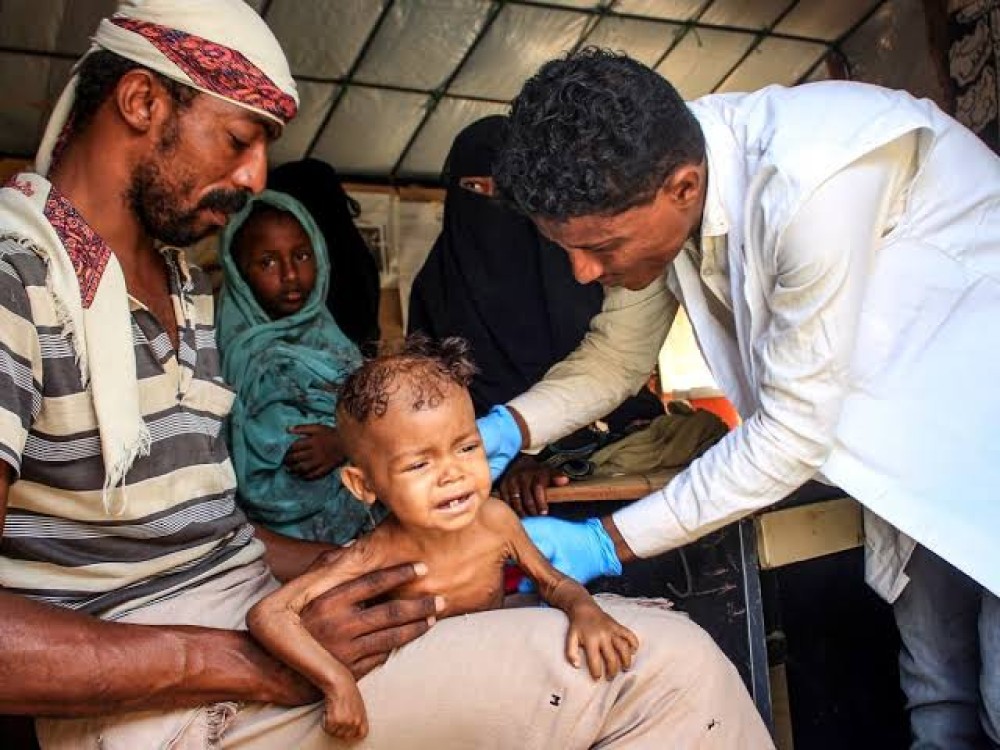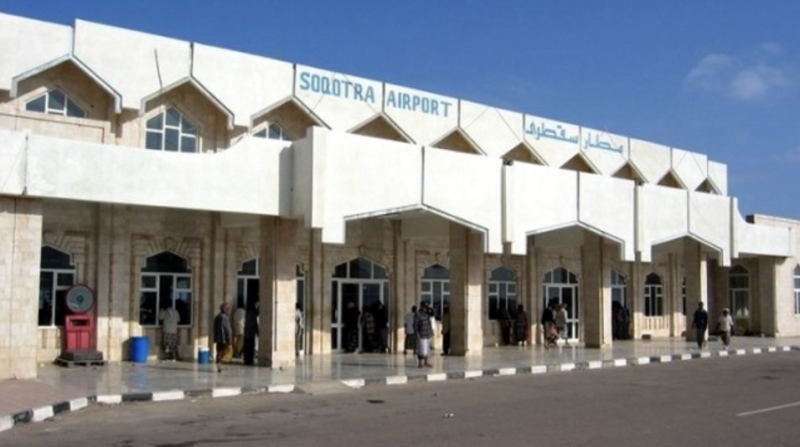Food affordability in conflict-torn Yemen in light of the Ukraine war 2023


EXECUTIVE SUMMARY
Yemen’s high levels of acute food insecurity are driven by a number of different and often interrelated factors. These factors are a result of, and/or have been aggravated by, the conflict and the related economic warfare. The major challenges contributing to difficulties in accessing food supplies, as reported by the household survey conducted under this project, include lack of money, lack of humanitarian assistance and distance from food supplies.
Availability of food supplies does not seem to be an issue affecting people’s food security. The total amount of food available in Yemen is dependent on local production, commercial imports, humanitarian food assistance, and food stocks/reserves.
Analysis shows food import trends over the past five years are stable, although slightly below the pre-war average. However, imported food commodities account for about 70% of food by volume, and cereal import dependence is estimated at 97%. Imported food constitutes 83% of the daily calories’ intake of Yemenis. While stability of imports is vital to food security in Yemen, these high percentages mean Yemen remains highly vulnerable to external shocks and global dynamics, compounded by domestic challenges.
Domestic food production, on the other hand, accounts for 30% of total food volumes in country. The conflict has had a detrimental impact on Yemen’s agriculture, with grain crops having been the most affected in terms of production volumes. Despite this decline and the marginal role of locally produced food to cover domestic demand, farming remains the backbone of most rural Yemeni livelihoods – about 73% of Yemenis depend on agriculture and fisheries for food and income. The high price of locally produced wheat compared to imported wheat suggests that Yemeni farmers are being undercut by the cost of imported foods, which makes domestic crops unaffordable to locals and further decreases farmers’ income and purchasing power.
The household survey conducted under this project showed a high prevalence of humanitarian aid reliance within the farming community. Humanitarian food assistance, estimated in terms of direct food imports destined for aid, amounts to 10% of total food imports on yearly average (in 2022). Over half of the respondents to the household survey who received assistance in the previous 12 months (65% of the total), reported that without assistance they could afford to cover some needs but not all of them. While all these sources contribute to a sufficient availability of food at the national level, this does not necessarily reflect what is available at the household level. A number of studies report that food insecurity at the household level is due to decreased purchasing power – or the reduced ability to cover basic needs. Since the beginning of the war, the cost of the Minimum Food Basket – that includes wheat flour, sugar, rice, and vegetable oil – has increased by 483% in Internationally Recognised Government of Yemen (IRG) areas and by 188% in the De-Facto Authority (DFA) areas (in Yemeni rials) due to the depreciation of the currency (of the new banknotes used in IRG areas), inflation, and global market price developments. The percentage increase is less in US dollar, 68% and 28% in DFA and IRG areas respectively. However, the increase between 2014 and 2022 in US dollar is higher in DFA areas because of the different exchange rates in IRG and DFA areas.
In addition to increased prices, the challenges related to accessing livelihood opportunities for millions of Yemenis remain a crucial factor impacting people’s ability to access food. In the household survey – which given the relatively small sample size and limited geographic reach is not representative level – only 38% of respondents reported being employed (20% being employed by someone else and 18% being employed in farming or self-employed). Unemployed people accounted for 15% of total respondents with an additional 43% self-reporting as housewives (77% of all female respondents). Moreover, the survey showed that for 69% of the respondents, only one member of the household receives an income (for an average household size of six), and only 18% have two members receiving an income. Among those who responded that no one in the household receives an income (9% of the total), 86% receive humanitarian assistance. The survey also highlighted that for 65% of the respondents, it is the male head of the household who receives an income, and it is also the male head of the household who decides how to spend the household income for 67% of the respondents. In terms of frequency of income payment, people in IRG areas seem to be paid more regularly, while 52% of respondents in DFA reported not having received a salary payment in over a year or receiving salary payments unpredictably in terms of frequency. Overall, in relation to their income, 65% of respondents stated that it does not provide enough money to cover basic needs.
Access to markets is another factor in measuring vulnerability to food insecurity. Up to 73% of respondents travel an hour or less by foot to reach the food market or food distribution areas. Long distances result in higher exposure to protection risks, especially for women and girls. The high price of fuel is an additional factor often leading to constraints accessing food supplies, both by increasing the cost of transporting goods throughout the country and by making it more expensive for consumers to travel to reach food markets.
The increased cost of food in the country, combined with limited income generating opportunities, has led people to make difficult decisions in relation to food consumption. Consumption of meat, poultry, fish and fruits and vegetables has significantly decreased for a vast majority of people in Yemen. Most households are reducing the amount of food per meal or how often they can eat. While the cost of living has continued to increase, households have had to rearrange the allocation of their budget to be able to cover essential needs. To afford food, 27% of respondents also reported that they had to reduce other expenses, primarily clothing (reported by 93% of respondents), followed by health costs, including medicines (65%), education expenses and fuel (both chosen by 61% of respondents).
Nearly 52% of the respondents in the survey reported having taken on substantial debt as an indirect result of the war, with an additional 23% who took on moderate debt and 7% who only have very little debt. Social connections enable a network of support where tangible and intangible resources are shared, including food, money, shelter, livelihood opportunities, as well as emotional support. Attending life-cycle events and celebrations is a way for people to create and maintain social capital defined as the ‘circumstances in which individuals can use membership in groups and networks to secure benefits’. The economic challenges Yemenis are facing mean that social connections – and therefore maintaining social capital – are changing; informal support networks are being stretched with the exhaustion of households’ ability to mobilise resources.
Displaced people, Muhamasheen and female-led households were cited by survey respondents as the members of the community most affected by food insecurity. Displaced people are more likely to experience acute food insecurity due to loss of resources, including depletion of financial assets that increase their reliance on humanitarian assistance, and therefore their vulnerability to shocks. Muhamasheen are by definition ‘marginalised people’, who have experienced centuries of discrimination that have limited their access to education, healthcare, housing and work. The war has compounded the Muhamasheen’s vulnerabilities, including food insecurity. Female-headed households are reportedly among the most vulnerable groups in Yemen. While the difficulties brought by the war have pushed more women to enter the workforce, higher protection-related risks for women and the requirement of a mahram, or male guardian, in areas under DFA control, mean that women face considerable difficulties in terms of access to job opportunities and overall freedom of movement.

Al-Jawf -- A landmine explosion in Yemen’s Al-Jawf province claimed the life of a woman and left another civilian with severe injuries, in wh…

Aden -- Russia has called on all parties involved in the Yemeni conflict to seek consensus-driven solutions that safeguard the country’s unit…

Socotra — Local residents and maritime sources said the closure of Socotra International Airport has left the Yemeni island almost completely…